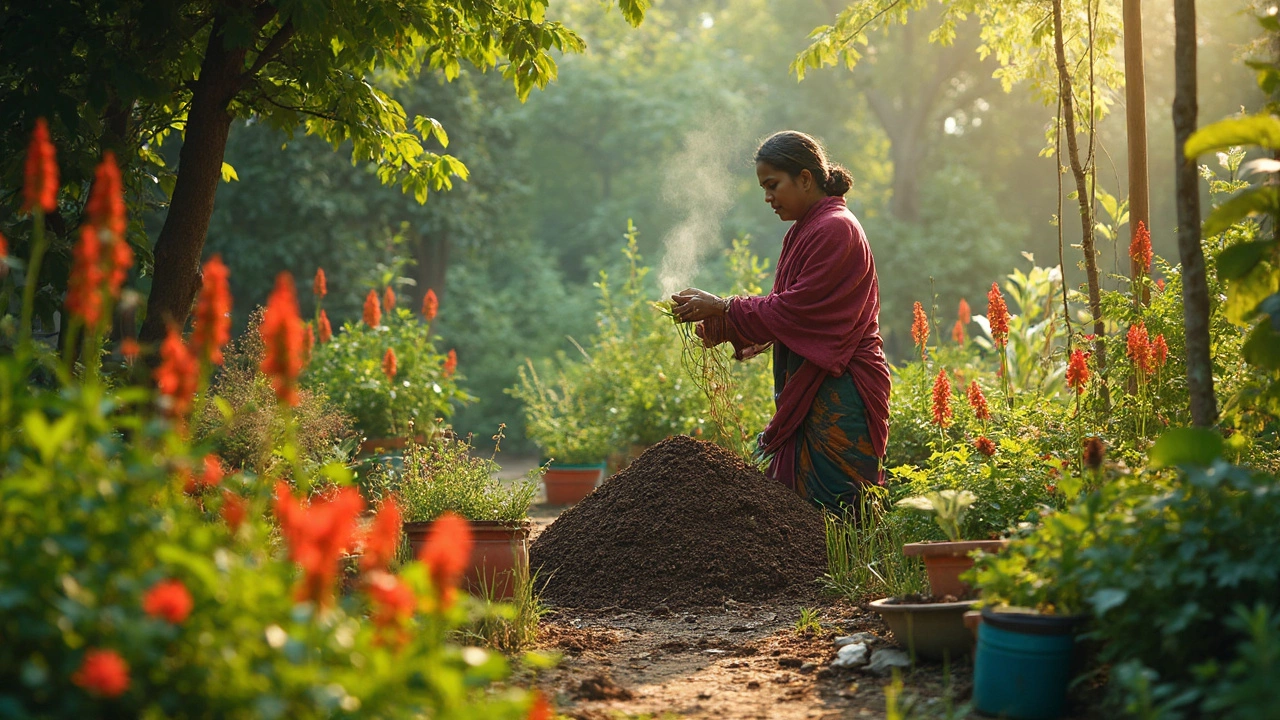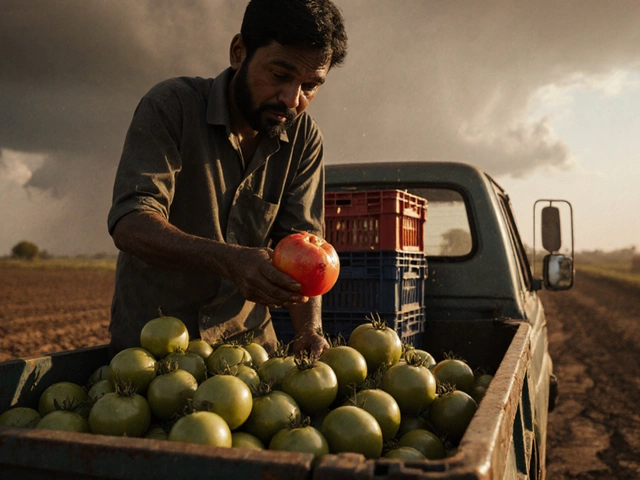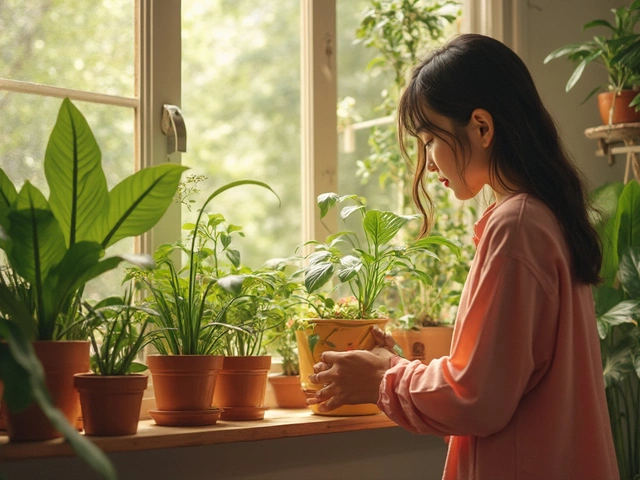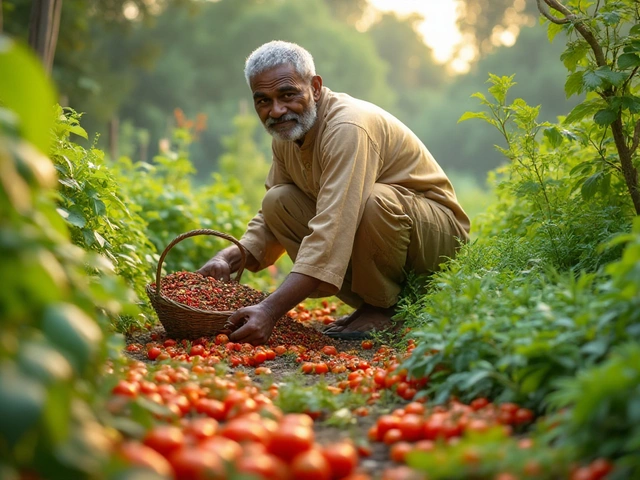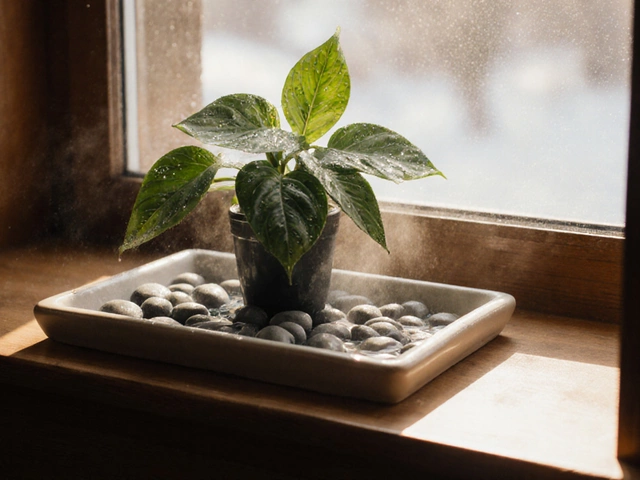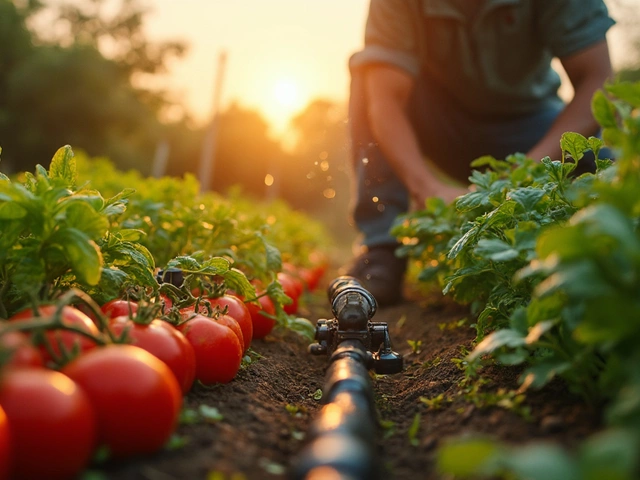Ever thought about how awesome it would be to whip up your own soil mix without burning a hole in your pocket? You can totally do it by using stuff you probably already have at home. It’s almost magical watching kitchen scraps and yard waste transform into something that nourishes your plants.
Start by gathering simple materials like vegetable peels, coffee grounds, and even eggshells. These kitchen castoffs don't just fill the trash; they pack a nutritional punch for your soil. Toss leaves and grass clippings into the mix, and you're on your way to a rich, hearty soil blend.
If you’ve got a garden, these are like gold. They break down to feed the soil with the nutrients plants crave. Plus, creating your own mix means no more spending on those fancy store-bought bags that promise the moon but cost a fortune.
- Understanding Basic Soil Ingredients
- Recycling Kitchen and Yard Waste
- Mixing and Storing Your DIY Soil
- Cost-Effective Soil Improvement Tips
Understanding Basic Soil Ingredients
Alright, let’s get to the nitty-gritty of cheap soil building. At its core, soil is essentially a mix of a few key ingredients. Knowing what these are and why they matter can make a huge difference when you’re whipping up your own batch at home.
First off, there's organic matter. This is the stuff that really gives life to your soil, and we’re talking about anything that was once living. Think plant material like leaves, grass clippings, and food scraps. Organic matter improves soil structure, helps retain moisture, and provides nutrients as it breaks down. Your plants will love it!
Next up, mineral particles. These include sand, silt, and clay. The balance between these particles is crucial as it affects drainage and aeration. Ideally, you want your homemade soil to lean more towards loamy texture—a mix that offers both good drainage and moisture retention.
The third key ingredient is air. Yep, plants need air too! Without the right space within the soil, roots can suffocate. An airy soil mix allows for better root growth and access to nutrients.
Lastly, let's not forget about water. Good soil holds water well but also drains excess to prevent root rot. Perlite or vermiculite can be mixed in to enhance drainage.
Here's a quick breakdown of what your basic DIY soil formula might look like:
- 40% organic matter (composted leaves, grass, food scraps)
- 30% sandy soil for drainage
- 20% silt and clay for nutrient retention
- 10% amendments like perlite for improved aeration
Getting these ingredients balanced means you're on your way to crafting a solid homemade garden soil. Not only will you save money by making your own DIY garden soil, but you’ll also know exactly what’s going into your plants. That's a win-win!
Recycling Kitchen and Yard Waste
Making your own cheap soil can be as easy as recycling things you’d normally throw away. Believe it or not, a lot of kitchen scraps are gold for creating rich soil. Think about all the veggie peels, coffee grounds, and eggshells that end up in the trash daily. They’re loaded with nutrients that can supercharge your soil.
Start a simple compost bin in your backyard or even a small one under your sink. Just toss in those peelings, coffee grounds, and crushed eggshells. Make sure to turn it every couple of weeks to speed up the decomposition process. This compost will end up as nutrient-rich black gold for your garden.
Now, let’s not forget the bits from your yard. Fallen leaves, grass clippings, and even small twigs can be great additions. Those leaves your kids love jumping into? They decompose remarkably well and add much-needed carbon to your mix. Just layer these with your kitchen scraps for a balanced compost.
If you’re keen on keeping things structured, here’s a simple recipe to get your homemade soil cooking:
- 1 part vegetable scraps: Use peelings and scraps from your regular cooking.
- 1 part dried leaves: Pick up those crunchy leaves in fall. They add carbon!
- 1 part grass clippings: Mow your lawn and keep those clippings. They’re nitrogen-rich.
- 1 part coffee grounds and paper: Coffee grounds are nitrogen-heavy and help with pH balance. Your used coffee filters can go in too.
And there it is! With just a bit of effort, you'll have homemade soil that's both good for your plants and your wallet. Who knew recycling could be this rewarding?
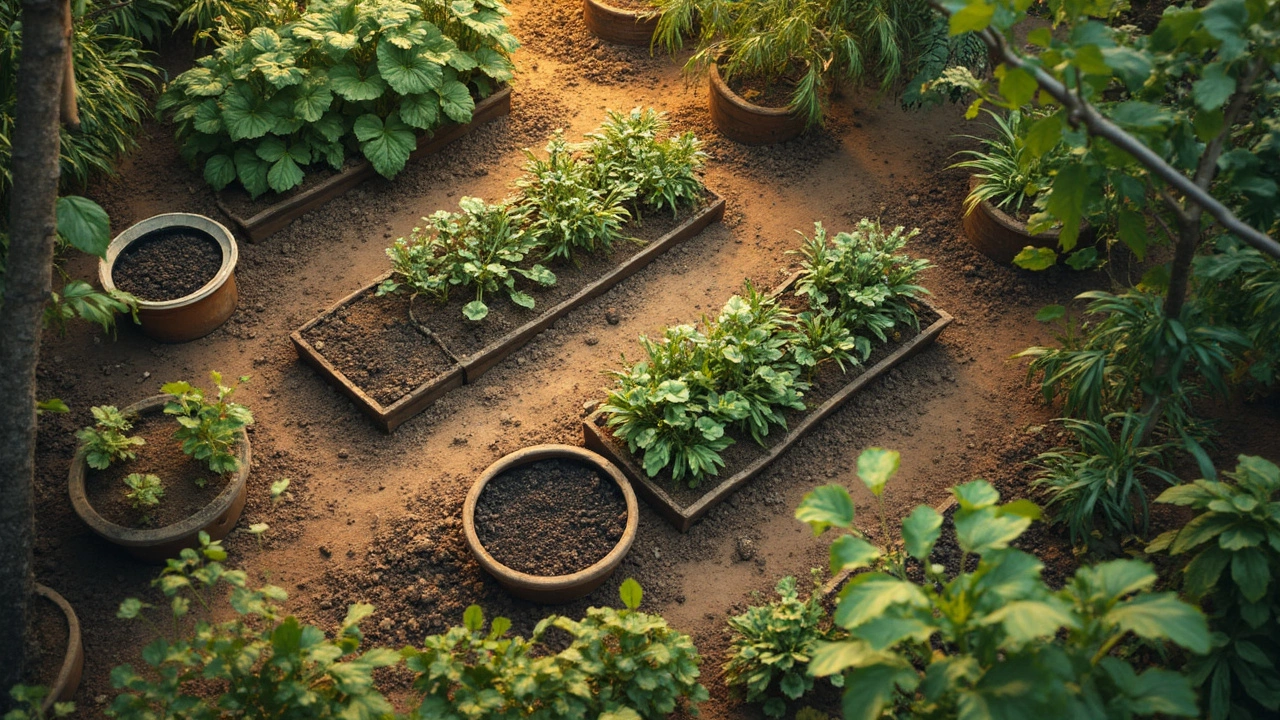
Mixing and Storing Your DIY Soil
Once you've gathered all your juicy bits of kitchen scraps and yard waste, it's time to mix them into a garden-ready concoction. Think of it like making a cake, but for plants. Grab a shovel or a garden fork and get ready to blend.
In a large container or a designated corner of your yard, start layering the materials. First, throw in some dry stuff like leaves or shredded paper to serve as the base. Next, add a layer of kitchen scraps—think vegetable peels and coffee grounds. Top this with a layer of garden waste like grass clippings. Repeat the process layering dry, wet, and green materials, ensuring it’s moist but not soggy.
Mixing it up well is important, as it promotes decomposition and nutrient sharing. Grab your tool of choice and turn the pile occasionally—every few weeks is good. This not only helps it break down faster but also helps prevent any unpleasant smells.
Now, when it comes to storing your newly mixed homemade soil, you’ll want to keep it somewhere cool and shaded. Too much direct sun can dry it out, so a shed or under a tarp works great. Keeping it covered also prevents too much rain from washing out the nutrients.
During storage, the decomposition continues, which is exactly what you want. You'll get that rich, dark soil full of organic matter that your plants will love. Remember, if the soil seems dry, sprinkle a little water to keep the microbes happy and doing their job.
With patience and a bit of effort, you’ll have a supply of cheap soil ready to support a thriving garden, and all from things you’d probably chuck otherwise. Not bad for being eco-friendly and saving some cash, right?
Cost-Effective Soil Improvement Tips
Ready to upgrade your garden soil without spending a ton? Here are some practical tips. The best part? Most of these tips won't cost you a dime and are beginner-friendly. It's all about being resourceful and smart with materials right at home.
First off, consider composting. Transform your everyday kitchen waste into plant food. Items like fruit scraps, veggie peels, and even coffee grounds work wonders. Just dump them in a compost bin or a DIY pile in the backyard. Give it a little stir once in a while, and voila, you’re creating homemade soil that’s prime for any garden.
For a nutrient boost, try using grass clippings as mulch. Spread them over your garden beds. This helps retain moisture and keeps weeds at bay, making soil even better. If you’re out mowing, don’t trash those clippings—they’re a goldmine for DIY garden soil.
Ever thought about fallen leaves? Instead of raking them into oblivion, save those leaves. Leaf mold adds texture to soil and retains moisture—perfect for improving that cheap soil recipe you’ve been working on.
- Eggshells: Crush them up and sprinkle them into your soil to add calcium.
- Wood ash: From the fireplace, it boosts potassium—be careful not to use too much.
For those who love a bit of science, check the pH level of your soil with a simple test kit from a garden center. Most veggies like a neutral pH. If it’s off, you can adjust it by adding lime to raise the pH or sulfur to lower it.
To round it off, keep an eye on water management. Overwatering is a rookie mistake. Use rain barrels to collect rainwater, reducing costs and giving plants the fresh H2O they love.
Here's a quick overview of potential benefits from homemade ingredients:
| Ingredient | Benefit |
|---|---|
| Compost | Improves soil structure, retains nutrients |
| Grass Clippings | Moisture retention, natural fertilizer |
| Leaves | Enhances soil texture and moisture |
All these tips ensure your homemade soil is rich in quality without emptying your wallet. And remember, taking small steps makes a big difference over time. Happy gardening!
